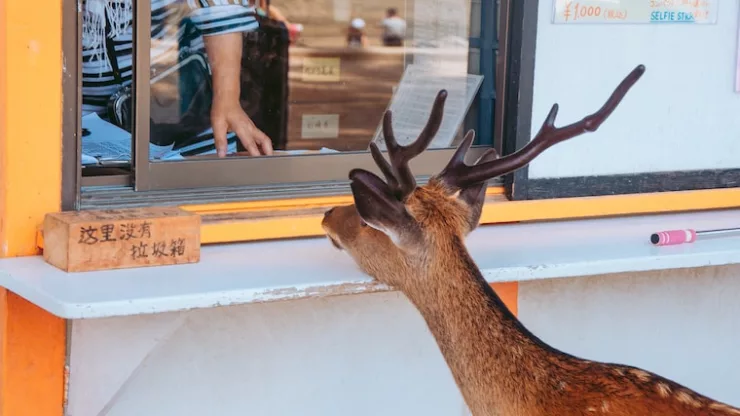The Urban Wildlife Challenge
As human populations continue to grow and urban areas expand, the impact on local wildlife is becoming increasingly significant.
Wildlife in urban areas face a variety of challenges, including habitat loss, pollution, and climate change.
These challenges can have a significant impact on the survival and well-being of local wildlife populations.
Understanding the impact of environmental challenges in urban areas on local wildlife is important for developing effective strategies to protect and conserve these species.
By taking steps to mitigate the impact of urbanization on wildlife, we can help ensure that these animals continue to thrive and contribute to the health and biodiversity of our planet.
Jump to Section
How Urbanization Affects Wildlife Habitat
One of the most significant challenges facing urban wildlife is habitat loss.
As cities expand, natural habitats are destroyed or fragmented, leaving animals with fewer places to live and breed.
This can lead to declines in population sizes, genetic diversity, and overall health of local wildlife populations.
Urbanization also leads to changes in the composition and structure of habitats, which can affect the types of species that are able to survive in these areas.
For example, urban areas typically have fewer trees and more buildings and pavement than natural habitats, which can favor certain species over others.
Some species, like raccoons and coyotes, are able to adapt to urban environments and thrive, while others, like many bird species, may struggle to find suitable habitats.
Pollution and Its Effects on Local Wildlife
Pollution is another significant challenge facing urban wildlife.
Urban areas are major sources of air pollution, water pollution, and light pollution, all of which can have negative impacts on local wildlife populations.
Air pollution can damage the respiratory systems of animals and reduce the quality of habitats. Water pollution can contaminate food sources and harm aquatic wildlife.
Light pollution can disrupt the behavior and reproductive cycles of animals that rely on natural light cues.
All of these forms of pollution can contribute to declines in population sizes and overall health of local wildlife populations.
Climate Change and Its Impact on Urban Wildlife
Climate change is a global challenge that is affecting wildlife populations all over the world, including those in urban areas.
Urban wildlife may be particularly vulnerable to the impacts of climate change due to the limited availability of suitable habitats and resources.
Climate change can affect the availability of food and water sources, alter the timing of seasonal events like migration and breeding, and increase the frequency and severity of extreme weather events.
These changes can have significant impacts on the survival and well-being of local wildlife populations.
FAQ
What are some examples of urban wildlife?
Examples of urban wildlife include raccoons, skunks, coyotes, squirrels, birds, and insects.
What can individuals do to help protect urban wildlife?
Individuals can take a number of actions to help protect urban wildlife, including:
- Reducing their use of pesticides and herbicides
- Planting native plants and trees in their yards and gardens
- Providing food and water sources for wildlife
- Reducing their use of single-use plastics and other materials that can harm wildlife
- Supporting conservation organizations and initiatives in their communities
How can urban planning help protect wildlife?
Urban planning can play an important role in protecting wildlife by:
- Identifying and protecting important habitats and corridors for wildlife
- Incorporating green spaces and natural areas into urban design
- Encouraging sustainable transportation options that reduce pollution and habitat fragmentation
- Working with local communities and stakeholders to develop wildlife-friendly policies and initiatives.
Protecting urban wildlife is an important part of promoting biodiversity and ensuring the health and sustainability of our planet.
By understanding the impact of environmental challenges on local wildlife and taking action to address these challenges, we can help ensure that these species continue to thrive and contribute to the beauty and diversity of our urban environments.
I’m a nature enthusiast and creator of Metro Wilds and have spent years exploring the great outdoors.
With a passion for environmental conservation and sustainability, I have dedicated my career to writing about the beauty and wonders of nature, as well as the threats facing our planet.
Contact me at [email protected] for assistance.





